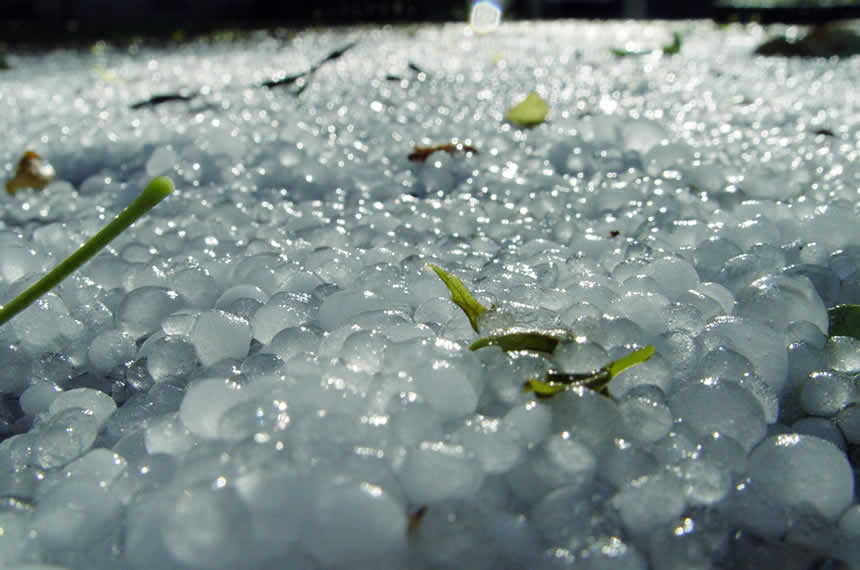Kashmir Under Stress: Climate Change Brings Unpredictable Weather Patterns
Srinagar 24 May 2025: Kashmir, a region known for its picturesque landscapes and serene climate, is facing unprecedented challenges due to climate change. Recently, the region experienced record-breaking heatwaves, with Srinagar recording its hottest day in 25 years, reaching temperatures of 35.7°C. Meanwhile, a severe hailstorm devastated fruit orchards in South Kashmir, particularly in Shopian and Kulgam districts, causing significant damage to apple and other fruit-bearing trees.
The Impact of Heat Waves
The heat wave in Kashmir has raised concerns among scientists, environmentalists, and residents. The soaring temperatures have disrupted daily life, impacted agriculture, and intensified fears about climate change in the Himalayan region. Heat-related illnesses such as heat strokes, dehydration, and respiratory issues are on the rise. Agriculture is suffering, affecting crops like apples, cherries, and saffron. Water shortages are becoming more frequent due to accelerated glacier melting. Wildlife and biodiversity are struggling to adapt to the warmer conditions.
The Devastating Hailstorm
The hailstorm, which struck on May 24, lasted for approximately 10 minutes but had a severe impact. Apple orchards in Sedow, Hirpora, Padpawan, and Bohrihalan suffered 10-15% damage, affecting the upcoming harvest. Farmers reported shattered fruit, broken branches, and soil erosion, worsening their financial struggles. This is the second hailstorm in May, following a mild-intensity storm on May 4. A major hailstorm on April 29 affected 58 villages across Shopian, causing widespread damage.
Farmers Demand Relief and Insurance Coverage
Local growers have renewed calls for crop insurance, urging the government to include apples under the scheme. Many farmers expressed willingness to pay annual premiums if it guarantees protection against natural disasters. Subsidized anti-hail nets have been suggested as a preventive measure, but their availability remains limited. Farmers are urging authorities to assess the damage and provide compensation.
Government Response and Next Steps
The administration is expected to review relief measures, but no official announcement has been made yet. Experts warn that climate change is making extreme weather events more frequent, threatening Kashmir’s agricultural economy. The hailstorm crisis highlights the urgent need for climate resilience strategies and government-backed support for Kashmir’s fruit growers.
Precautionary Measures
To mitigate the impact of heat waves, residents are advised to:
-
Stay hydrated—drink 2-3 liters of water daily.
-
Avoid outdoor activities during peak heat hours (12 PM – 4 PM).
-
Wear light-colored, breathable clothing and use sunscreen.
-
Ensure proper ventilation at home and workplaces.
What Can Be Done?
To address the dual crisis of heat waves and hailstorms, the following measures can be taken:
-
Government Intervention: Regulate urban expansion and deforestation to mitigate the impact of climate change.
-
Public Awareness: Launch campaigns on climate change and heatwave preparedness to educate residents.
-
Sustainable Cooling Solutions: Invest in sustainable cooling solutions for homes and workplaces to reduce energy consumption and mitigate the urban heat island effect.
-
Crop Insurance: Include apples under the crop insurance scheme to provide financial protection to farmers.
-
Climate Resilience Strategies: Develop and implement climate resilience strategies to protect Kashmir’s agricultural economy and support fruit growers.
Bottom-Line
Kashmir is facing unprecedented challenges due to climate change. The heat wave and hailstorm have highlighted the urgent need for climate action and adaptive measures to protect health, agriculture, and the environment. By working together, we can mitigate the impact of climate change and ensure a sustainable future for Kashmir




